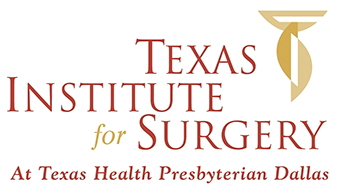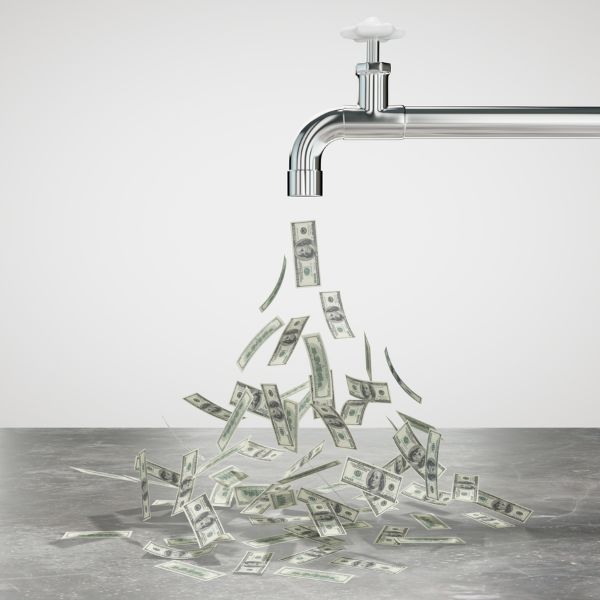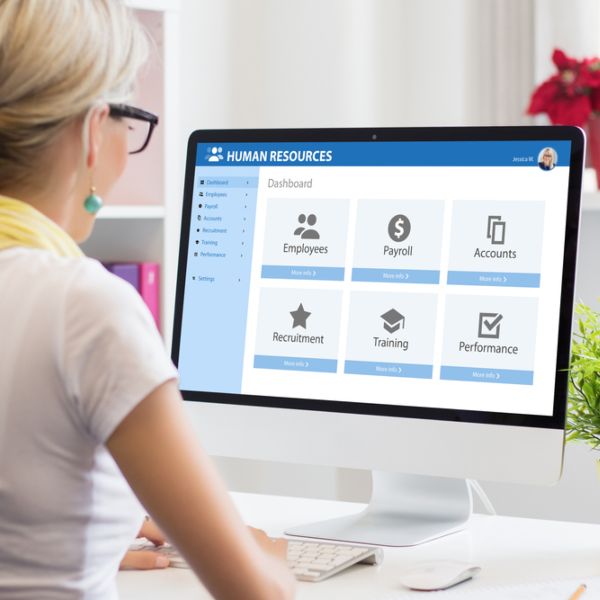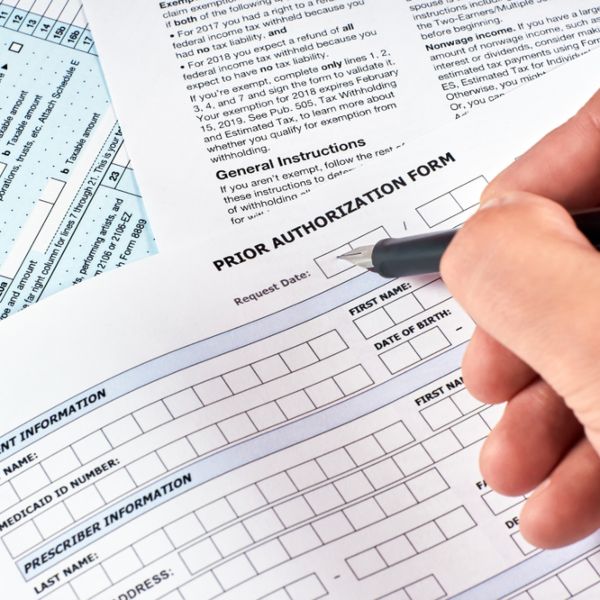Accounts Receivable Aging: Key Benchmarks Explained

What is Accounts Receivable Aging In Healthcare?
Accounts receivable aging is the process of tracking unpaid invoices and categorizing them based on how long they’ve been outstanding. Effective management of the accounts receivable cycle is crucial for maintaining cash flow and preventing bad debt. Accounts receivable benchmarks are key to optimizing your revenue cycle, with action strategies focusing on 30-, 60-, and 90-day intervals. This segmentation helps identify past-due accounts and manage collection strategies effectively.
The aging of accounts receivable ensures timely actions are taken, helping practices maintain financial health and improve revenue cycle performance. Services like AR Recovery Workdown and Early-Out Services can assist in streamlining this process.
Understanding the 30, 60, and 90-Day Accounts Receivable Aging Benchmarks
An accounts receivable (AR) aging schedule is essential for healthcare professionals to effectively track unpaid patient balances and insurance claims. Serving as a key financial health indicator, the AR aging schedule highlights how long outstanding balances have remained unpaid. By reviewing this schedule, healthcare providers can identify specific areas that need attention, allowing them to develop targeted strategies for optimizing revenue cycle management.
Key Benefits of the AR Aging Schedule:
- Financial Health Indicator: The aging schedule provides a clear view of unpaid balances, helping healthcare providers assess the overall health of their accounts receivable.
- Strategy Development: By analyzing the 30, 60, and 90-day benchmarks, providers can craft tailored strategies to improve collections, reduce bad debt, and streamline their billing processes.
- Optimized Collections and Cash Flow: The aging schedule helps facilitate effective decision-making, ensuring timely payments from both patients and insurers, ultimately enhancing cash flow and financial stability.
The AR aging schedule categorizes receivables based on the duration an invoice has been unpaid, typically segmented into 30, 60, and 90-day intervals. By carefully analyzing these benchmarks, healthcare providers can identify trends, evaluate the effectiveness of their current billing practices, and implement strategic actions to boost cash flow and reduce the risk of bad debt.
30 Days: The Optimal AR Window
The first 30 days after an invoice is sent are crucial. This is the typical payment window. It establishes the responsibility of the patient to pay in a timely manner. Collecting in less than 30 days can help you achieve a healthy cash flow.
During the month in which they send an invoice, providers should consider the following:
- Timely and accurate invoicing: Prompt invoicing establishes clear expectations and can minimize any confusion or disputes about what’s owed.
- Convenient payment options: Convenience and flexibility empower patients to fulfill their financial obligations on time.
- Regular follow-up on outstanding invoices: Promptly identifying remittance issues allows for swift resolution and helps prevent payment delays.
- Automation and technology: Leveraging automation and technology can reduce administrative burdens, minimize errors, and expedite payment collection.

60 Days: Communication and Collections
As the accounts receivable aging period moves from 31 to 60 days, healthcare providers need to act quickly to collect outstanding payments. Here’s how you can navigate this critical window effectively:
- Assessing the reasons for delayed payments: Investigate the reasons behind delayed payments to fix any errors that may be holding up processing.
- Implementing collection strategies: An organized and systematic approach enhances the likelihood of recovering outstanding payments.
- Negotiating payment arrangements: Work with patients to create manageable installment plans, making repayment easier.
- Maintaining open communication: Clear and consistent communication builds trust and helps ensure timely payments, reducing bad debt risk.
For additional support, explore our Revenue Cycle Disruption Services to help mitigate disruptions and boost collections.
90 Days: Minimizing Bad Debt Potential
As the AR aging process reaches 61 to 90 days, healthcare providers face a critical point where funds may become uncollectible if not addressed immediately. Consider the following actions during this window:
- Escalating collection efforts: Take more assertive steps to encourage patients to settle their outstanding balances.
- Evaluating credit terms and policies: This window is an opportune time for healthcare providers to evaluate and reassess their credit terms and policies.
- Acting on potential bad debt: Identifying accounts unlikely to pay can lead to options such as settlements, financial assistance, or legal proceedings (if necessary).
- Outsourcing debt collection: Outsourcing medical coders and engaging a reputable collections agency can help providers maximize their chances of recouping funds to reduce the impact of bad debt on the balance sheet.
Check Your A/R Aging Statements
In AR management, benchmarks act as a guide for driving financial success. By following best practices within the critical 30-, 60-, and 90-day windows, healthcare providers can optimize their revenue cycles and cash flow. Effectively managing aging accounts receivable reduces effort, leading to a healthier bottom line.
Focusing on timely collection, streamlined operations, and the right balance of communication and follow-up can make a significant impact. Explore our guide on boosting cash flow with effective A/R recovery strategies for expert insights on how to improve your financial health.
Contact Us to Get Started and transform your revenue cycle management today!









